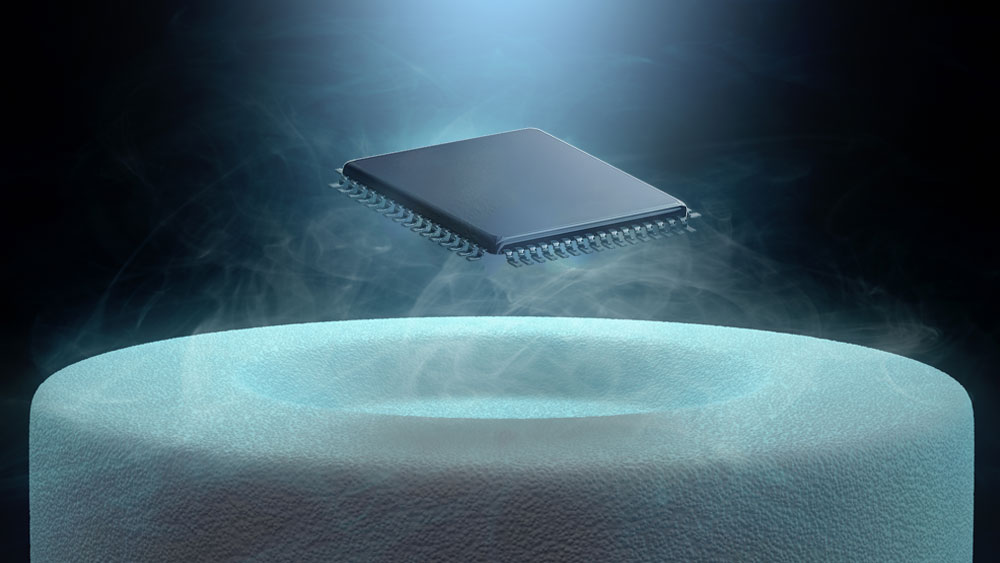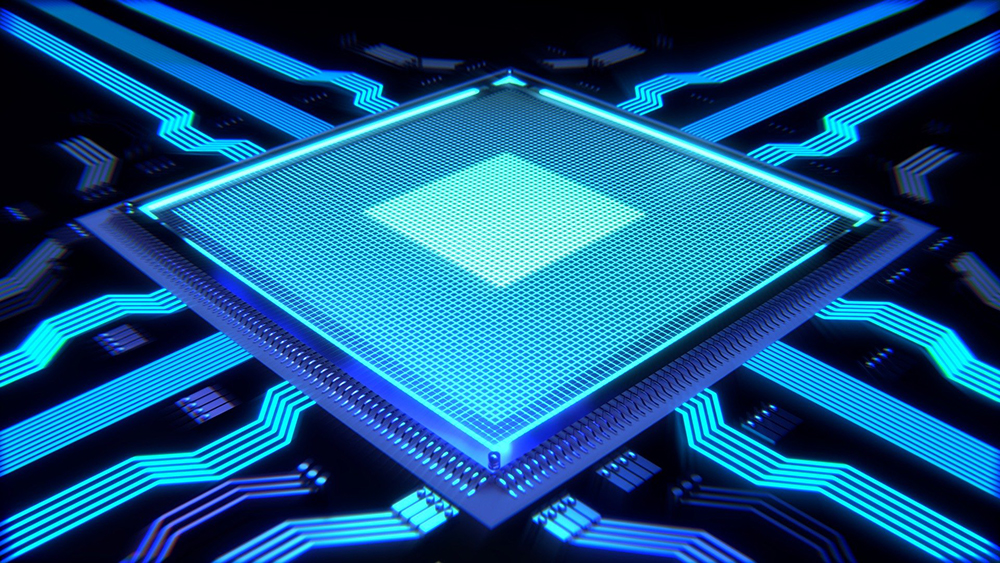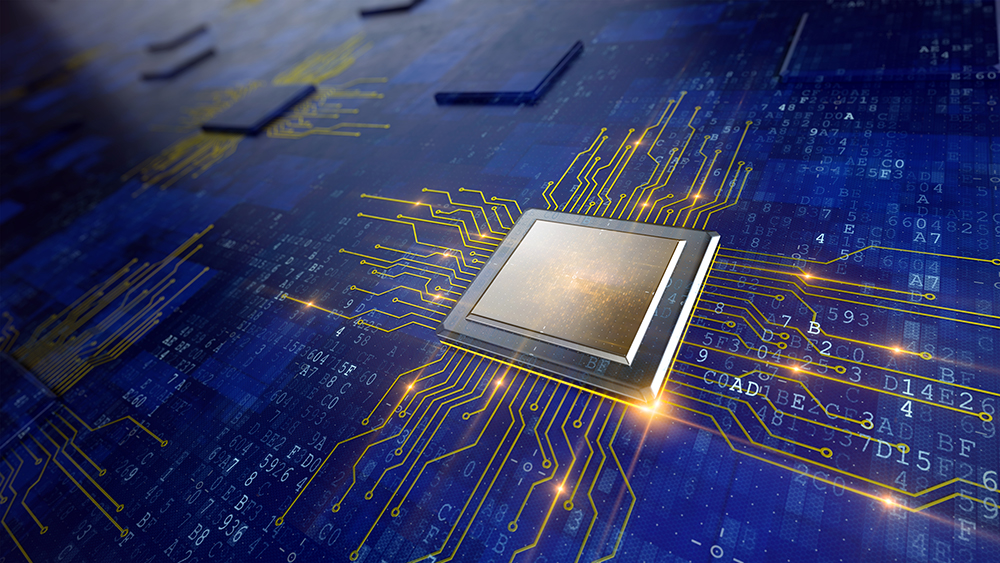Research
1. Superconductor Computing
The operating frequency of modern microprocessors is around 2 to 3 GHz. In this research, we aim at realizing a next-generation microprocessor exceeding 30 to 50 times, that is, 100 GHz, which has not yet been achieved worldwide. We have succeeded in demonstrating an arithmetic circuit based on the new architecture we devised (such as a multiplication circuit operating at about 50 GHz at 5 mW). Currently, we are working on developing this into a microprocessor. We are also researching an ultra-high-speed AI processor that operates in the superconducting state, aiming to establish a new system that connects machine learning and new devices.

2. Quantum Computing
Quantum computers are attracting worldwide attention as information processing forms with overwhelming performance that modern computers cannot achieve. However, research on quantum computers is still at the device level, and “architecture technology for building as a computer system” is an unexplored area. It is also true that quantum computers have many disadvantages. In this research, we are exploring a hybrid architecture that combines modern computers and quantum computers.

3. Nano-Photonic Computing
We are researching realizing computers that operate at the speed of light, a dream of humanity. Although the history of optical computing is old, the situation is now quite different. The point is that the technology of silicon photonics and nanophotonics has advanced, and it has become possible to integrate a large number of optical devices. As a result, a large-scale, ultra-high-speed optical computer is finally becoming a reality. In this research, we aim at realizing a new photoelectric fusion type computer (especially a new accelerator specialized for applications such as AI processing) that is different from modern computers.

4. Secure Computing
To improve the security of IoT systems, we research hardware security technology. By introducing security technology to hardware such as CPUs, we aim to establish a technique that prevents malware from being executed, or that can detect and cope with it early even if it is executed. Particularly, we will work on dynamic malware detection technology using machine learning, and technology that safely stops functions so that the damage will not spread further even if infected with malware. Furthermore, we are working on technology to keep access information to memory confidential to realize a more secure IoT system. Usually, concealing memory access information comes at the cost of performance and power. We aim to accomplish memory access concealment technology with low performance and low power overhead in IoT systems that require low power consumption such as mobile computers. Besides, these hardware security technologies will be applied to self-driving vehicles, and demonstration experiments will be performed.

5. Environmentally Scalable Computing
Further development of computers is essential to support human evolution. In the future, computers are expected to be embedded in social and natural environments, resulting in a tremendous number of computers worldwide! At the same time, the negative impact of computing on the global environment is becoming more serious. For example, it is reported that the energy consumed by computing is increasing at a rate of three times per year. To solve this critical issue, we are researching environmentally scalable computing technology, such as renewable-energy-based intermittent computing, for a clean, sustainable society.

6. Domain-Specific Edge/Cloud Computing
Computer systems support our daily lives. In particular, systems built into various personal systems (embedded systems) such as cars, smartphones, and home appliances will become increasingly important in the future. It is also expected to explore new applications such as VR (Virtual Reality) and AR (Augmented Reality). Such embedded systems have to satisfy not only the performance to meet the demands of the applications but also various constraints such as low cost, low power consumption, improved safety, and reliability. To solve such problems, we are engaged in various research to support next-generation embedded systems including edge-cloud cooperative platforms such as CPU-FPGA hybrid computing, approximate computing, power-efficient AI computing.

7. CPU/Memory Microarchitecture and VLSI Technology
We propose novel microarchitectures of execution engines such as microprocessor and GPU (Graphics Processing Unit) and memory systems like cache and main memory, e.g., efficient Out-of-Order microprocessor architecture, data-compression cache memories, and prediction-based high-performance/low-power execution schemes. We also explore new directions of computer microarchitectures that exploit state-of-the-art VLSI technologies such as chip-let and 3D-IC.

